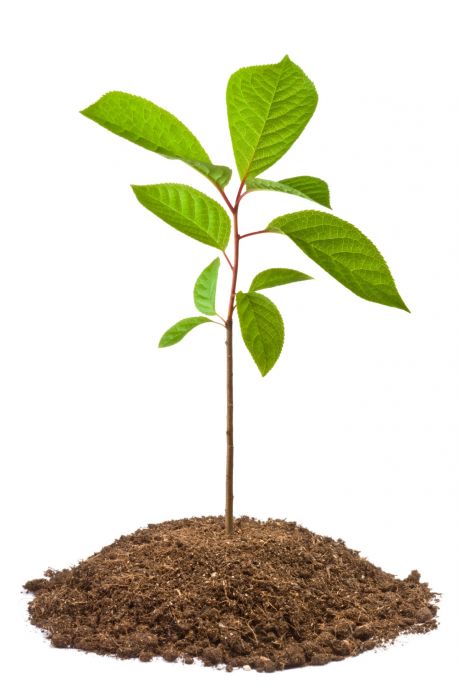How plants regulate nitrogen

How plants regulate nitrogen
Scientists hope to minimise fertiliser use by improving how efficiently plants use nitrogen in the soil.
Feeding the global population requires ever-increasing crop yields,
which depends heavily on nitrogen supplied as nitrate in fertilisers.
Currently, only one third of the nitrate applied to soil is used by the
plant, with the rest polluting groundwater and contributing to
greenhouse gases.
The EU-funded project NITROSIGN (The molecular network linking nitrogen assimilation to growth) aimed to increase the amount of nitrogen plants take up from the soil, and to improve the efficiency with which plants use the assimilated nitrogen.
To do this, researchers looked at a nitrogen transporter protein called NRT2.1, which plays a central role in nitrogen uptake by roots. They showed that nitrate and sugars produced by photosynthesis both increase the production of NRT2.1, potentially boosting nitrogen uptake.
Since plants use nitrogen to make molecules like DNA and amino acids, it is essential for growth. Photosynthetic sugars may signal to the plant to take up more nitrogen, thus allowing the plant to grow.
On further investigation, NITROSIGN discovered a regulatory protein called Nin-Like Protein 7 (NLP7) that controls the amount of NRT2.1 produced in response to nitrate is involved in sugar-induced NRT2.1 production, but its precise role was unclear.
After studying a range of plants containing different mutations in the NLP7 gene, researchers proposed that sugar controls the abundance of NLP7. In an interlocking web, NLP7 in turn controls the abundance of the nitrogen transporter NRT2.1.
Finally, researchers discovered that when photosynthetic sugars are metabolised, the metabolic products generate signals that affect NRT2.1 production. They also found a protein that interacts with NRT2.1 to regulate its activity.
Identifying the proteins and sugars that control NRT2.1 production and nitrogen uptake will help researchers understand how the complex nitrogen regulatory circuit works. This may eventually help breeders to produce high-yielding crops in low-nitrogen conditions, potentially reducing the need for environmentally destructive fertilisers.
published: 2016-04-04